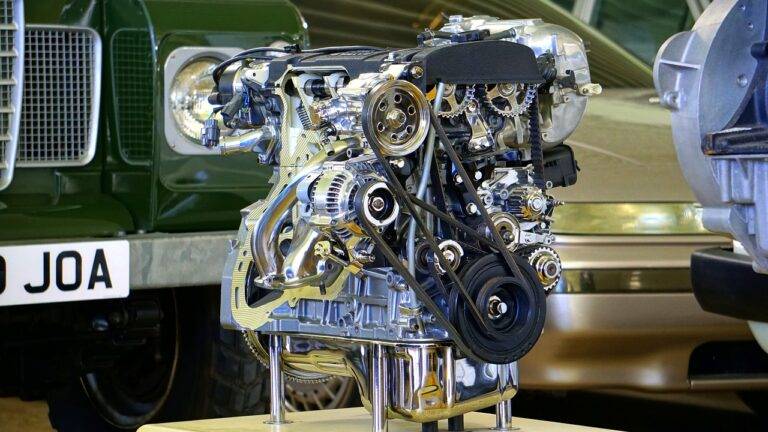The Rise of Urban Air Mobility: Flying Cars and Drones
Urban Air Mobility (UAM) is a concept that envisions the use of small electric aircraft to transport people and goods within urban areas. This innovative mode of transportation promises to revolutionize urban mobility by reducing congestion on the roads and providing quicker and more efficient transportation options for urban dwellers. With advancements in technology and the increasing focus on sustainability, UAM has the potential to offer a promising solution to the challenges of urban transportation.
The development of UAM is driven by the rapid progress in electric propulsion systems, lightweight materials, and autonomous flight technologies. These advancements have made it possible to design and manufacture small electric aircraft that are safe, efficient, and environmentally friendly. By utilizing vertical take-off and landing capabilities, these aircraft can operate in densely populated urban environments, providing a flexible and convenient mode of transportation for short to medium distances.
The Technology Behind Urban Air Mobility
Urban Air Mobility relies on cutting-edge technological advancements to revolutionize transportation in urban areas. One of the key components driving this innovation is electric propulsion systems, which enable quieter and more environmentally friendly aircraft operations. These systems not only reduce noise pollution but also decrease harmful emissions, making urban air travel more sustainable.
In addition to electric propulsion, autonomous flying capabilities play a crucial role in the development of Urban Air Mobility. By incorporating artificial intelligence and sophisticated sensors, autonomous aircraft can navigate complex urban environments with precision and safety. This technology opens up possibilities for on-demand aerial transportation, offering commuters a fast and efficient alternative to traditional modes of travel.
What is Urban Air Mobility?
Urban Air Mobility refers to the use of air transportation in urban areas, typically using electric vertical takeoff and landing (eVTOL) aircraft.
What are some of the key technologies driving Urban Air Mobility?
Some key technologies include eVTOL aircraft, advanced air traffic management systems, and real-time data analytics for route optimization.
How do eVTOL aircraft differ from traditional helicopters?
eVTOL aircraft are typically quieter, more efficient, and have lower emissions compared to traditional helicopters. They also have a greater degree of automation for safer and more reliable operations.
How are air traffic management systems being adapted for Urban Air Mobility?
Air traffic management systems are being upgraded to accommodate the increased volume of aircraft in urban areas, including features like dynamic routing, vehicle-to-vehicle communication, and integrated airspace management.
What are some of the challenges facing the implementation of Urban Air Mobility?
Challenges include regulatory approval, public acceptance, infrastructure development, and ensuring safety and reliability in a complex urban environment.





